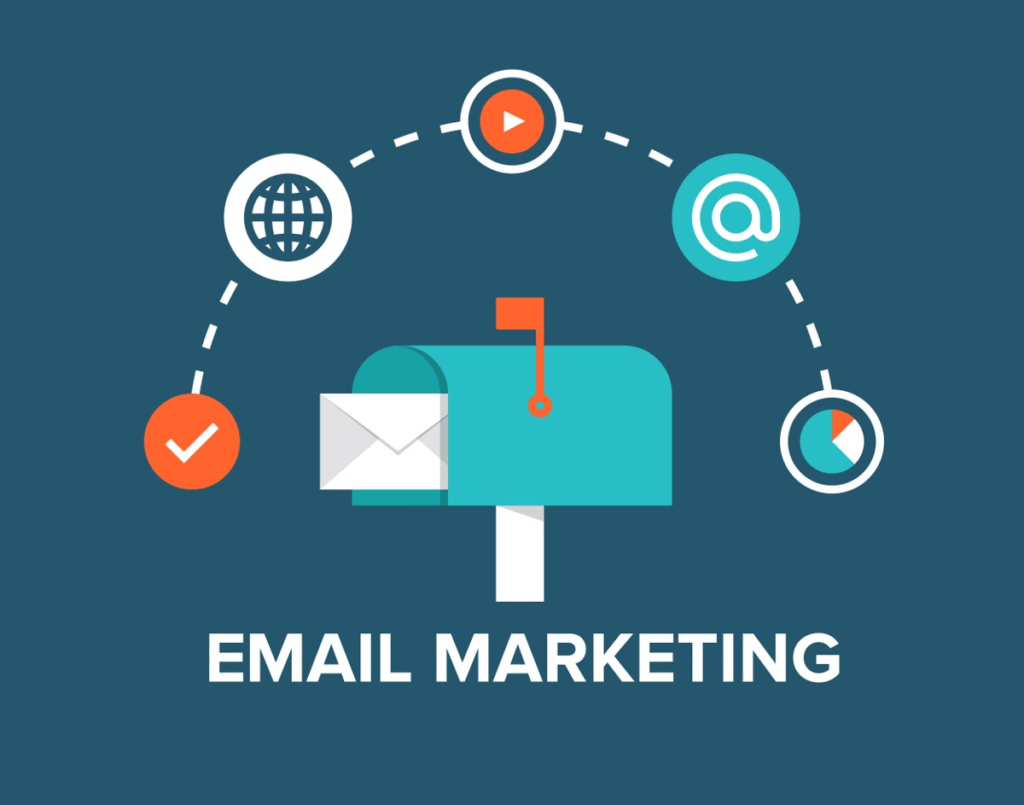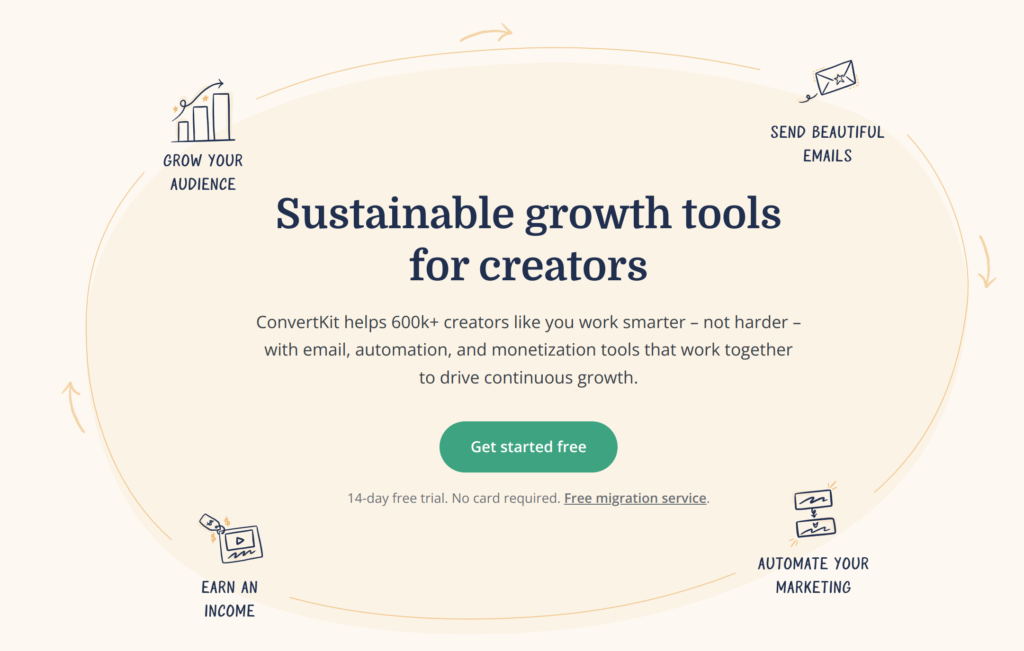In the world of affiliate marketing, email marketing remains one of the most effective tools to drive conversions and generate income. While social media and search engines attract attention, email marketing provides a direct, personal way to engage with potential customers. By effectively managing your email campaigns, you can significantly enhance your affiliate marketing efforts.
In this post, we will explore the strategies, tools, and best practices to leverage email marketing for affiliate success.
Table of Contents
1. Why Email Marketing is Essential for Affiliate Success
Email marketing allows you to create a more personalised and targeted approach than most other methods of digital outreach. Here’s why it’s so powerful for affiliate marketers:
- Direct Communication: With email, you’re reaching out to an audience that has already shown an interest in your content. You bypass algorithm changes on social media platforms or search engine fluctuations.
- Higher Conversion Rates: Emails targeted towards subscribers have higher conversion rates. Subscribers are more likely to click on affiliate links and purchase recommended products if they trust your content.
- Automation Opportunities: Automated email sequences can nurture leads without constant attention. This allows affiliate marketers to scale their efforts with minimal input.

2. Building a Targeted Email List
Your email list is the foundation of your email marketing efforts. Here’s how to create and grow an email list of subscribers genuinely interested in your affiliate products:
Create Lead Magnets
Lead magnets are free resources offered in exchange for a subscriber’s email address. To attract high-quality leads, offer something of value that aligns with your affiliate niche, such as:
- E-books
- Exclusive tutorials
- Free trial access to services
- Discount codes or special offers
Use Opt-in Forms Strategically
Place opt-in forms strategically on your website, blog, and landing pages. Some key places to consider:
- Sidebar or footer of your blog posts
- Pop-ups or slide-ins triggered by specific user behaviour
- Dedicated landing pages for lead magnets
Ensure your opt-in forms are clear and easy to use, highlighting the benefits of joining your mailing list.
Offer Incentives to Subscribe
Incentives such as exclusive affiliate product reviews, special deals, and free content upgrades can entice more users to subscribe. These offers should directly relate to the affiliate products or services you’re promoting.

3. Crafting High-Converting Emails
Once you’ve built your email list, it’s crucial to craft compelling emails that convert. These emails should encourage recipients to click through to your affiliate links and take action.
Write Engaging Subject Lines
Your subject line is the first impression. Make sure it grabs attention while being informative. Test different subject lines to see what works best for your audience, using:
- Curiosity (“You won’t believe what this tool can do!”)
- Personalisation (“[Name], here’s something perfect for your needs”)
- Offers (“Exclusive discount on a product you’ll love”)
Focus on Value
Affiliate email marketing should never feel like a hard sell. Provide value through:
- Product recommendations based on personal experience
- In-depth product comparisons
- Honest pros and cons, which build trust
Make it clear how the product will benefit the reader and solve their problems.
Include Clear Calls to Action (CTAs)
Your CTA should be simple and compelling. Instead of vague phrases like “Click Here,” use specific calls to action, such as:
- “Get 20% Off Your Purchase”
- “Try [Product Name] for Free”
Use buttons instead of text links, as they improve click-through rates.

4. Segmenting Your Audience for Maximum Impact
Segmentation is key to increasing conversions and engagement. By dividing your email list into targeted segments, you can send more relevant content to subscribers, resulting in higher click-through rates.
Segment by Interest
If your affiliate marketing covers different niches or products, segment your audience with their interests. For example, one group may prefer technology reviews, while another prefers health products.
Segment by Engagement
Create segments based on how subscribers engage with your emails. For instance, send re-engagement campaigns to inactive users or special offers to your most active subscribers.
Segment by Purchase History
If you know certain subscribers have purchased affiliate products through your links in the past, you can send them specific upsell opportunities or new product recommendations in similar categories.
5. Effective Affiliate Email Campaign Strategies
Consistency and strategy are crucial for running successful affiliate email campaigns. Here are a few tips:
Create a Welcome Series
A welcome series is an automated sequence of emails sent to new subscribers. This helps build trust and introduce them to your brand. Consider including:
- A warm welcome message with a brief introduction
- Valuable content related to your affiliate niche
- A soft pitch of your top affiliate products
Use Limited-Time Offers
Scarcity and urgency can boost conversions. Sending out emails that promote limited-time discounts or offers creates a sense of urgency, encouraging subscribers to act quickly.
Host Giveaways or Contests
Encourage subscriber engagement by running giveaways or contests that promote affiliate products. Use these campaigns to drive clicks, sign-ups, and potential purchases.
6. Complying with Legal Guidelines (GDPR & CAN-SPAM)
Before sending out affiliate emails, ensure compliance with regulations like GDPR and CAN-SPAM. This includes:
- Gaining explicit consent from subscribers
- Providing an easy way to unsubscribe in each email
- Stating that your email contains affiliate links
Compliance ensures you maintain trust and avoid hefty penalties.
7. Tracking and Analysing Campaign Performance
To improve your affiliate email marketing strategy, regularly track and analyse performance metrics. Important metrics include:
- Open Rates: Measure how compelling your subject lines are.
- Click-Through Rates: Shows how effective your CTAs and email content are.
- Conversion Rates: The percentage of email recipients who click on your affiliate links and make a purchase.
- Unsubscribe Rates: A high unsubscribe rate may indicate that your content isn’t resonating with your audience.
Use A/B testing to experiment with different email elements and find what resonates best with your subscribers.
8. Best Tools for Email Marketing Automation
Automation tools can help you streamline your email campaigns and scale your efforts. Here are a few top tools for affiliate email marketing:
- Mailchimp: A beginner-friendly platform with powerful segmentation and automation features.
- ConvertKit: Designed with content creators in mind, ConvertKit offers an intuitive interface and excellent email automation options.
- GetResponse: A comprehensive tool that includes email marketing, landing pages, and automation features ideal for affiliates.
Email marketing is a powerful avenue for affiliate marketers who want to build relationships, increase conversions, and drive sales. By crafting well-targeted emails, segmenting your audience, and using automation, you can create a highly effective affiliate marketing strategy that delivers results.
Start by building a strong, engaged email list, and keep refining your campaigns based on data-driven insights. Over time, this strategy will lead to greater affiliate marketing success.
